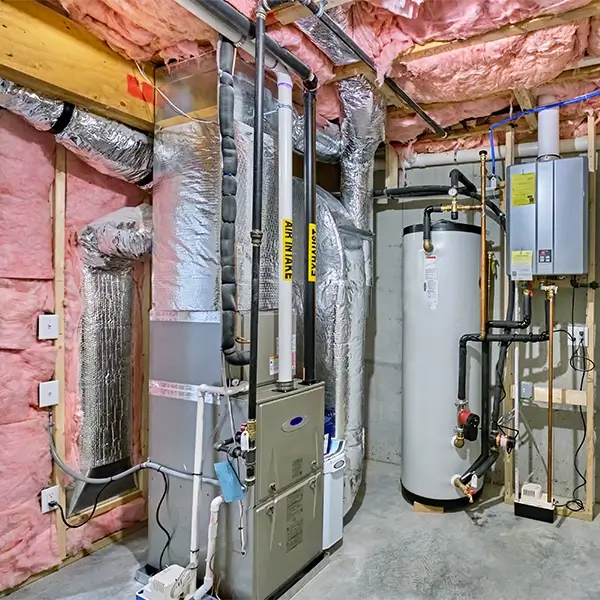Radon can pose a serious health risk when present in high concentrations indoors. Over time, exposure to radon can result in numerous upper respiratory illnesses and even lead to the development of lung cancer. Its entry into homes and businesses is particularly concerning in basements, where the proximity to soil allows for easier infiltration. Whether a basement is finished or unfinished, however, can have a direct impact on both radon testing and approaches we can take for effective mitigation.
Understanding Radon Infiltration
Radon gas originates from the natural decay of uranium found in soil and water. As uranium transforms into radium, radon gas is produced, rising up through the soil. As it rises from the ground, radon will seek pathways into homes and other structures. Despite its invisibility, elevated concentrations of radon indoors pose significant health risks if left unmitigated. The way radon infiltrates homes depends on various factors, such as foundation type and soil composition beneath the property.
Radon can get into your property in a variety of ways. For structures built on concrete slabs, radon can seep through various cracks in the foundation and walls of basements. For properties with exposed soil crawl spaces or unfinished basements, radon will simply rise up from the exposed soil. Furthermore, the type of substrate under your home, which includes everything from porous gravel and sand to denser clay, can impact the rate at which radon is able to flow into a property.
Radon in Finished vs. Unfinished Basements
The distinction between finished and unfinished basements yields varied outcomes in terms of radon levels. Finished basements typically have superior sealing and ventilation systems. As a result, they generally exhibit lower radon levels due to reduced infiltration. However, increased occupancy within these spaces may counterbalance this advantage by elevating radon exposure.
Unfinished basements, on the other hand, often show higher radon levels due to parts of or the entirety of the basement floor being exposed soil. This in turn allows radon to flow more freely into the basement. However, they often afford greater flexibility for implementing mitigation measures due to their structural openness, enabling targeted interventions to reduce concentrations effectively.
Radon Mitigation & Basements
As with most properties, radon mitigation in homes with finished basements primarily relies on sub-slab depressurization, where suction pipes are inserted through the floor slab into the soil underneath. Drain tiles or perforated pipes for water drainage can also help reduce radon levels. Additionally, mitigation utilizing existing sump pumps as locations for radon suction pipes can provide additional protection against radon infiltration.
In unfinished basements, either sub-membrane depressurization or a combination with sub-slab depressurization is the most likely to be employed due to areas with exposed soil. This method involves installing a gas-permeable membrane over the soil, beneath a layer of clean gravel or soil, and applying suction to the space between the membrane and the basement floor. By combining sub-slab depressurization with sub-membrane depressurization, we can effectively mitigate radon in unfinished basement environments.
Professional Radon Mitigation for Any Basement
Though finished and unfinished basements both present both pros and cons when it comes to mitigation, Southwest Radon Eliminators has you covered for all your radon needs. Our experienced radon measurement professionals have a comprehensive understanding of the dynamics of radon infiltration for all foundation types, allowing us to provide accurate radon testing and design effective mitigation systems for your property!
